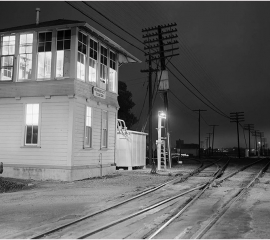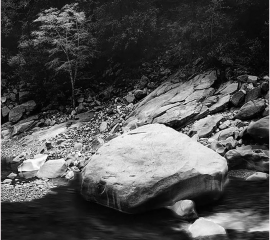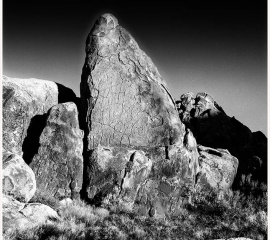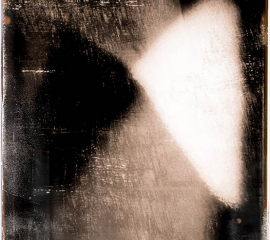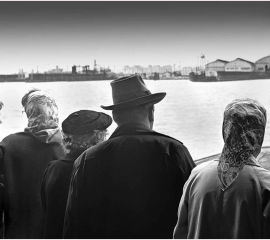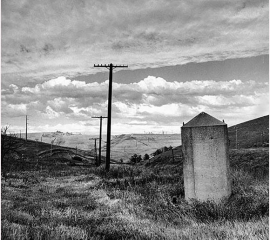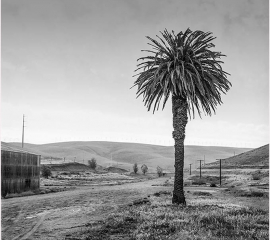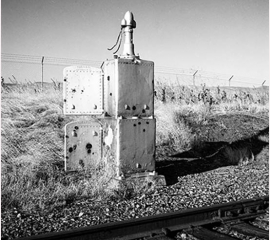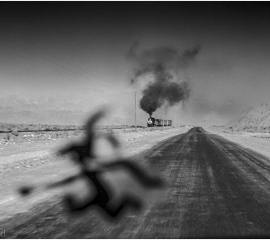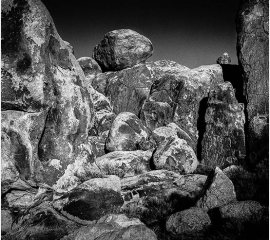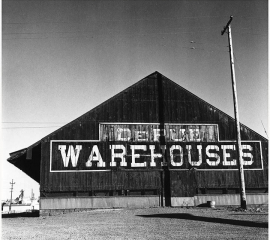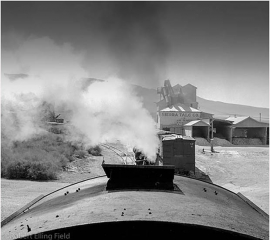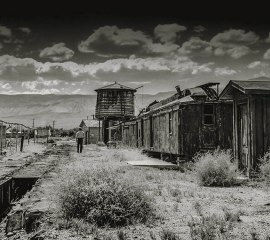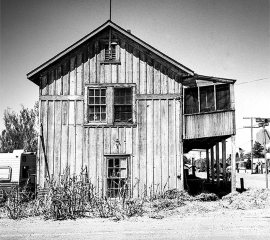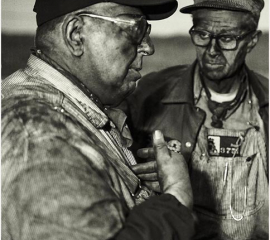FAR WEST
The classical, mid-century 'Far West' is almost impossible to see with the naked eye because its coordinates have been erased by time. It can, however, be rediscovered through photographic art.
I can look through a present-day, heavily-populated landscape and into one that has all but disappeared, recovering continuity where it couldn't otherwise be seen. We might, for example, look for the 'Far West' in off-the-main-highway small towns. Ubi sunt, where are they now, the rakishly-behatted gent making his way to a Spanish-facaded bank; where the proprietor of the 'Antigue' shop stepping out on a glaringly hot midday? I can feel their shadows at my back.
What's more, the Far West remains unaltered in the Owens Valley, preserved intact because bounded by the California Sierra Nevada range in the west and in the east by the Inyo (White) Mountains. Beyond is Death Valley with which the Owens has much in common. There is an unpremeditatedness in the Owens Valley which is the direct opposite of fashion. The new, the make-do and the weathered all cohabit in time and space. There is also elemental light and the silent immutability and continuity of landscape.
